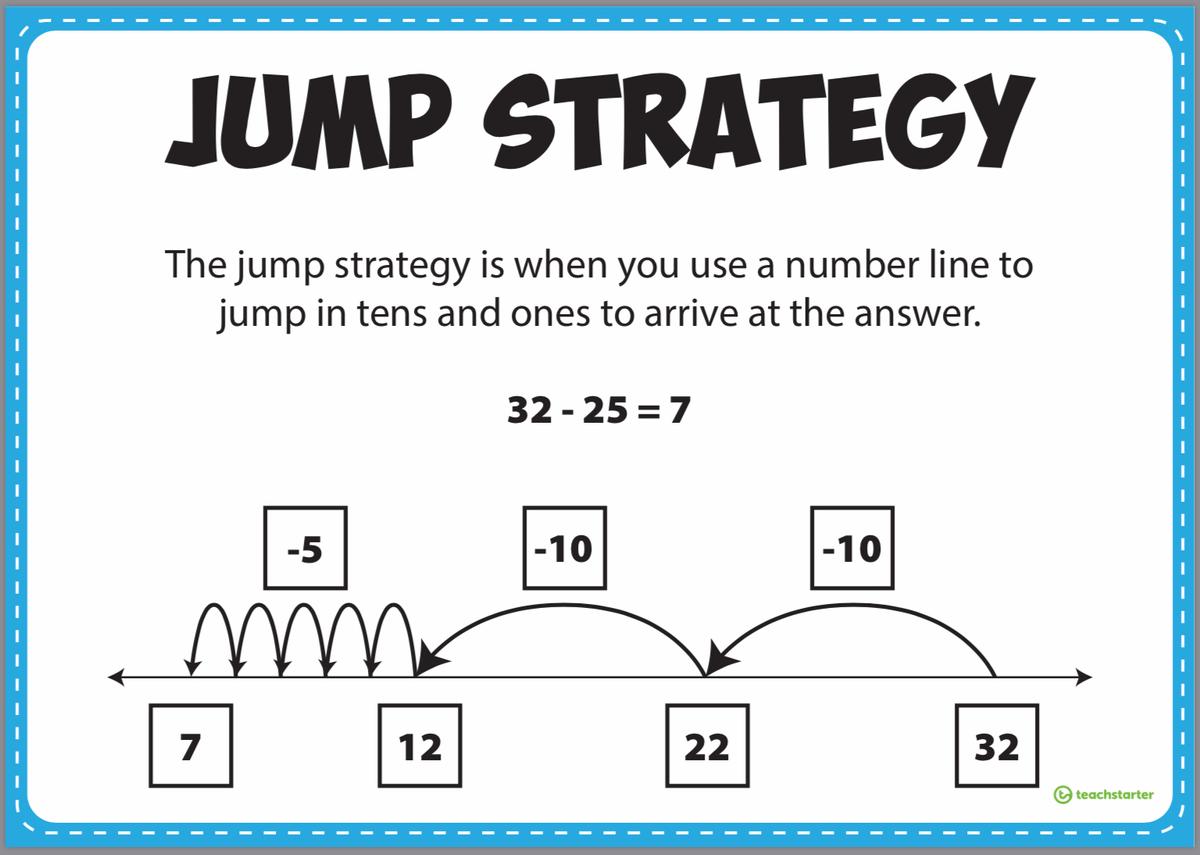Grade 2 Term 2 Week 4 Snapshot

Home Learning updates
Dear Parents,
Thank you for your continued support with home learning. We were delighted with the engagement of the students last week and heard positive comments about the workload being more manageable and engaging. We have also found the feedback collected by the school survey helpful and are taking this on board. We noted that parents and students reported benefiting from verbal feedback, so teachers are now using this function in Seesaw to record feedback for students. We will also be delivering mini-lessons through our Google Meets. Monday's Google Meet will proceed as normal (a 9:30 am group and 9:45 am group) but from Tuesday onward we will meet with the whole class at 9:30 am and then work with a small group following the daily run-through. Class teachers will be communicating this information to their classes. We are also asking students to fill in a self-assessment about their confidence with the topics and strategies we've been learning about in Maths and English. This is to help us prepare for these mini-lessons.
As always, please contact the class teacher if you have concerns or feedback. We are all in this together and we appreciate your outstanding efforts at home!
Write 2 Read Word Study
Students will continue to learn codes this week as well as be guided through the use of reading and spelling tools. We will meet our next spelling rule: y replaces i at the end of English words.
Reading
This week we will continue our two week unit on reading procedural texts. The learning intention is: I can read and follow procedural texts. The children will begin on Monday by learning about how pictures and diagrams can help readers to understand and follow a procedural text. When we read a procedure we are learning how to do or make something. It is normally something new and sometimes can be hard to explain with words alone. Pictures tell a thousand words! The children will then read and follow procedural texts and will be asked various comprehension questions as a response to the text. On Friday, the children will be given a task to explain what they have learnt and now know about procedural texts.
We encourage you to keep reading daily: your favourite books at home, books on Epic! or Storybox. It is also very beneficial for children to be read to so they can hear what reading sounds like.
Writing
Children will be compiling a collection of their written procedures of things to make and do at home. They will spend Monday to Thursday writing, editing and publishing instructional procedures of their choice. The form may take handwritten pages and/or digital creations (including video recordings). The aim is to create a collection. This may take the form of an A4 booklet which can be easily stapled. The pages may include a mixture of handwritten or digitally created pages. The collection of procedural texts may be entirely digital. We are allowing students' choice here.
To celebrate their writing, students will be asked if they wish to share one of these pieces that they are particularly proud of for the whole class to see on Seesaw. This will require them to type in the comments section under that particular piece of work: "I would like this shared". The teacher will then share it with the class.
It would be great if you could allow the children to present their finished collection to your family for a celebration of their work.
On Friday children will write mum or grandma a message and make a card for Mother's Day. A template to print will be provided as an option.
Maths
This week we are focusing on subtraction. On Monday, we ask that all student complete an online test about subtraction using Essential Assessment. They used this tool in week 2 to complete an addition test. Most students already know their username and password. If not they can ask their teacher via Seesaw. The school code is BPS3186
The learning intentions are:
- Recalling simple subtraction facts
- Solving subtraction problems using a range of strategies
To assist with the recalling of subtraction facts the student will play a game called Low Card on Tuesday. This is similar to the game High Card, which they played in week 2, however this time the focus is subtraction facts.
On Wednesday, the student may select a worksheet. Some families have indicated that the Maths worksheets are more suitable than the hands on tasks in a busy home learning environment. Decide what works best for your family and everyone’s well-being. You may choose to have your child choose one or 2 worksheets to complete over the rest of the week rather than work through the jump strategy task.
On Thursday and Friday Grade 2 will learn about their first subtraction strategy: jump strategy. Students used this strategy to solve addition, so hopefully they will already be familiar with this and begin to see the connection between addition and subtraction.
If you would like more Maths for your child to complete this week, log onto Essential Assessment and try the My Numeracy tasks. New task focusing on subtraction are generated when the assessment is submitted.
Unit of Inquiry
This week in unit of inquiry we will be looking at access to clean water, as well as connecting with our work in reading and writing about procedural texts. On Monday, students will represent their procedure from Friday's experiment as a diagram. On Tuesday we will begin to investigate the urban water cycle and find out the answers to some student questions about how water ends up at our tap. There are very useful websites from Melbourne Water and South East water which we will use. While these are great resources, we understand that screen time and device availability need to be considered. On Wednesday we will have another practical experiment about filtering water, creating a diagram to follow this and some more exploration of the urban water cycle on Friday. We have 2 online activities this week, another experiment and two opportunities to summarise the learning from practical activities using diagrams.
Wellbeing
Last week we introduced the ‘Zone of Regulation’. It was used as a reflection tool. Most student used the reflection tool on Seesaw and communicated how they were feeling to their teacher. This was incredibly valuable! Last week teachers were able to get a more accurate gauge on how students were feeling and communicate support and reassurance.
For this reason we would like to encourage families to use this tool at home. On Monday, student can make their own ‘Zones Check in’. They should check in and reflect on how they are feeling at least once a day. Watch the video about how to create a home Zones check in here.
They may also want to share their daily check in with their teacher on Seesaw. Especially, if they are in need of some support and reassurance.
The Grade 2 Team
2A - Angie Fifer
2B - Angela Alderuccio
2C - Elise Newnham
2D - Breallen Cole
HU - Christie Walsh

